Grow Your Own Microgreens
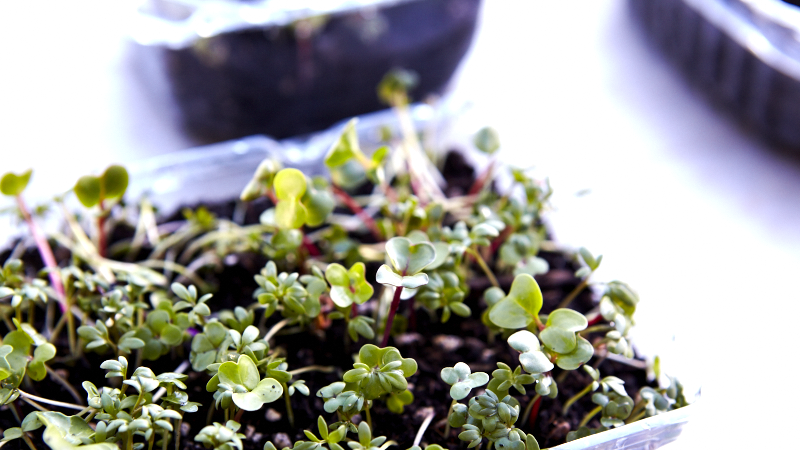
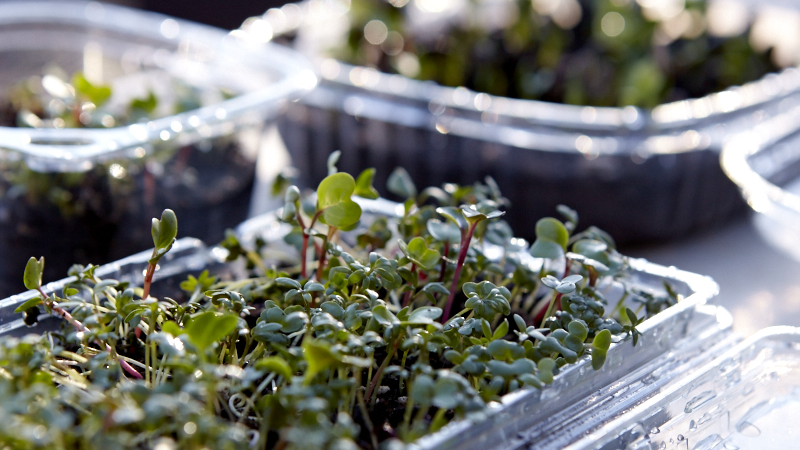
Yep. Even you can grow your own microgreens.
If pink is the new black then microgreens are the new kale. Packed with nutrition and gleaming with life, microgreens make gardening and eating well easy.
Grow fresh, homegrown greens loaded with flavor and nutrition right on your windowsill. no outdoor space required.
What I love is you can choose from an incredible variety of seeds that range from spicy to mild, and spend just minutes each week and harvest regularly. I also love to keep it simple, planting in recycled containers or boxes.
Microgreens are proof that good things really do come in small packages.

Mico-Garden Planters
Make your own micro-garden planters using recycled containers or flats (shallow wooden boxes – see below).
I’m not a fan of plastic but the clamshell containers raspberries, basil, and other fruits and veggies are sold in are incredibly handy and can quickly be repurposed into micro-gardens that typically fit well on windowsills. Simply add a series of holes to the bottom for drainage using a nail or other device with a fine, sharp point.
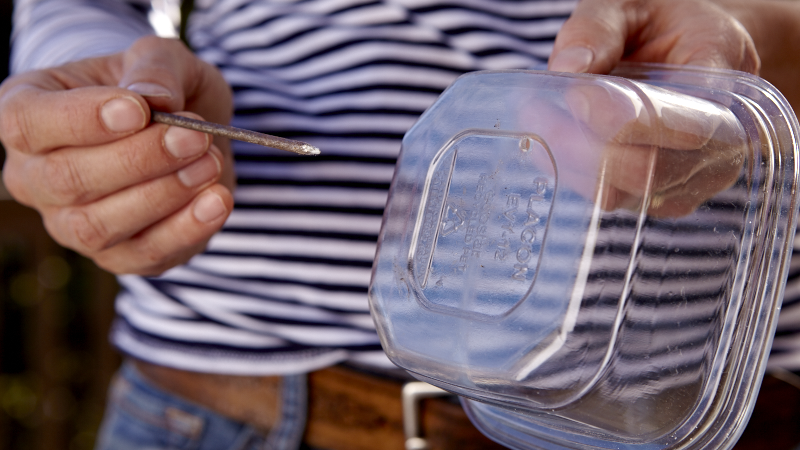
Containers with lids act as a mini greenhouse, trapping in moisture and heat and speeding up germination. Why not extend the life of anything disposable?
But the aesthetics and health benefits of plastic are questionable. If you’re looking for an alternative with rustic appeal, buy, build or repurpose wood boxes or flats, like the one below, or use anything that will hold soil and provide drainage.
Flats are perfect for seed starting. They drain well, are easy to clean, and can be built to the size. This is helpful, especially when working with unique spaces or you’re looking for a multi-use container, such as a seedling tray to accommodate a heat mat.
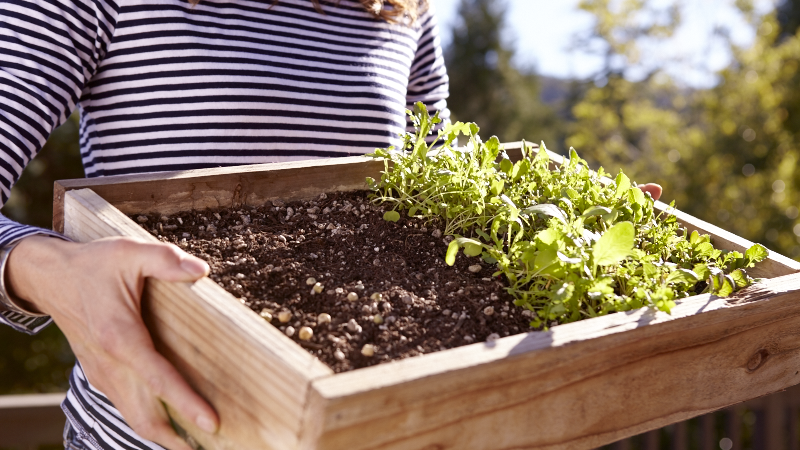
Redwood flat planted with microgreens.
I made this flat using lath and a stick of 1” x 4” redwood stock plus a few galvanized nails. It’s held up for 5 years and has plenty of life left. But if you’re looking for a simpler fix repurpose a shallow wine box (such as the packaging for port or liqueurs) or buy a seedling tray.
Seeding & Harvesting
Grow anything you would eat when it’s full size. The brassica family is a perfect place to begin. Mustards, broccoli, kale, arugula, radishes or Tatsoi are all tasty and packed with nutrition. Chard, amaranth, beets, fennel, sugar snap peas, sunflowers are also some of my favorites and can add a burst of color when you need it most (amaranth and beets in particular).
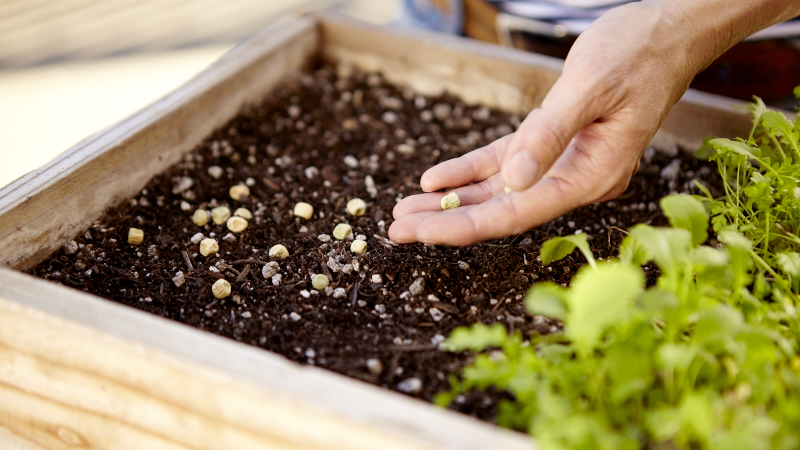
The Basic Steps for Growing Microgreens
- Prepare your soil as you would if planting outdoors. Use a peat-free seed starting mix or an organic planting compost. Smooth the soil surface so it’s even, with no depressions for water to collect and pool. Try using a piece of cardboard or wood to help level it or use your hands.
- Sow seeds close together. I spread seeds out over the top of the soil, moving them around as needed, then cover. With sugar snap peas and other, large seeds I simply push them down into the soil. With smaller to average seeds, I cover them with a 1/8 to 1/4 inch of soil, gently tamping down on the surface to be sure they’ve made good contact.
- Water gently. I’ve found a salt and pepper shaker to do the trick.
- Make your own greenhouse. If using a recycled container, use the lid as a greenhouse cover. If using a homemade container, make a cover with a plastic bag or something similar. Keep covered until the minute you see seedlings appear. As soon as you see a bit of green, pop the lid off or prop it up if attached. Continue to water so the soil is moist be not waterlogged.
- Harvest when you see the first set of mature leaves appear. The seed leaves are the initial pair of leaves you’ll see emerge about 4 to 7 days after planting. The true leaves grow in after the seed leaves, about 10 to 21 days after planting. (Depending on the variety.)
- To harvest simply cut the seedlings as close to the soil surface as possible, enjoy and replant.
Make Your Own Seed Starting Mix
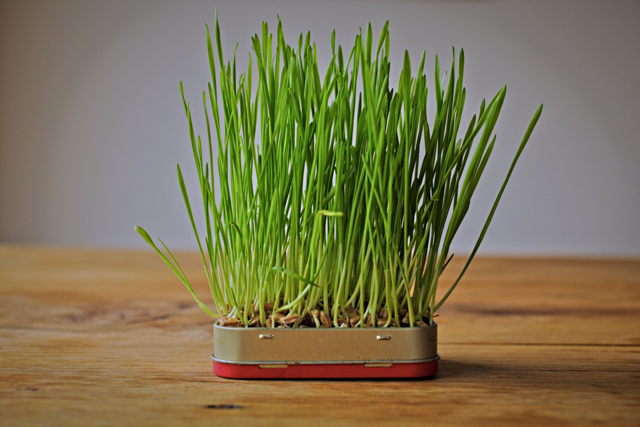
Wheatgrass growing in a mint tin garden.
Even a mint tin can be used as a planter! See Small Space Gardening | How to Make a Mint Tin Garden
Other articles you might enjoy:
How to Grow Sprouts in DIY Sprouting Jars
How to Grow & Forage Miner’s Lettuce
This article was originally published February 23, 2015
Listen
Buy The Book
Special offers
Newsletter Signup

Archives
Disclosure
Pass The Pistil is a participant in the Amazon Services LLC Associates Program and other affiliate programs such as Etsy, affiliate advertising programs designed to provide a means for sites to earn fees by advertising and linking to curated affiliate sites.

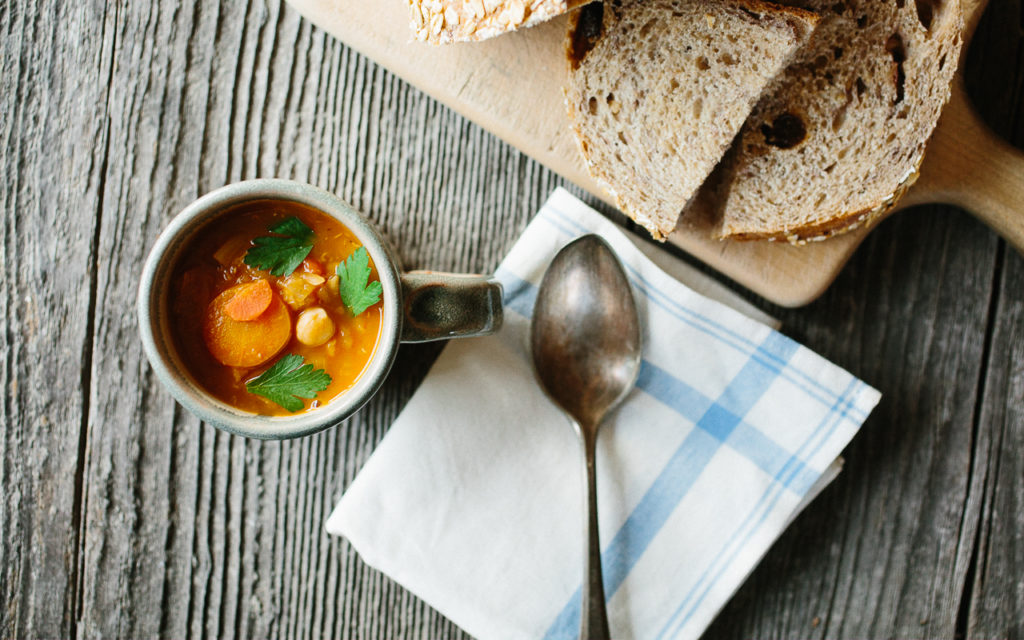
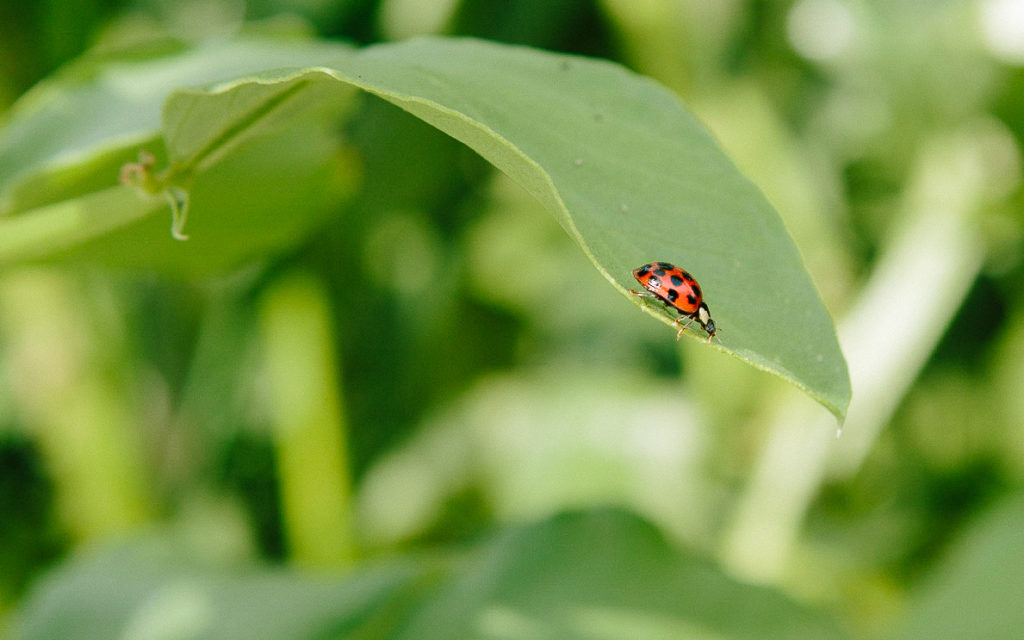






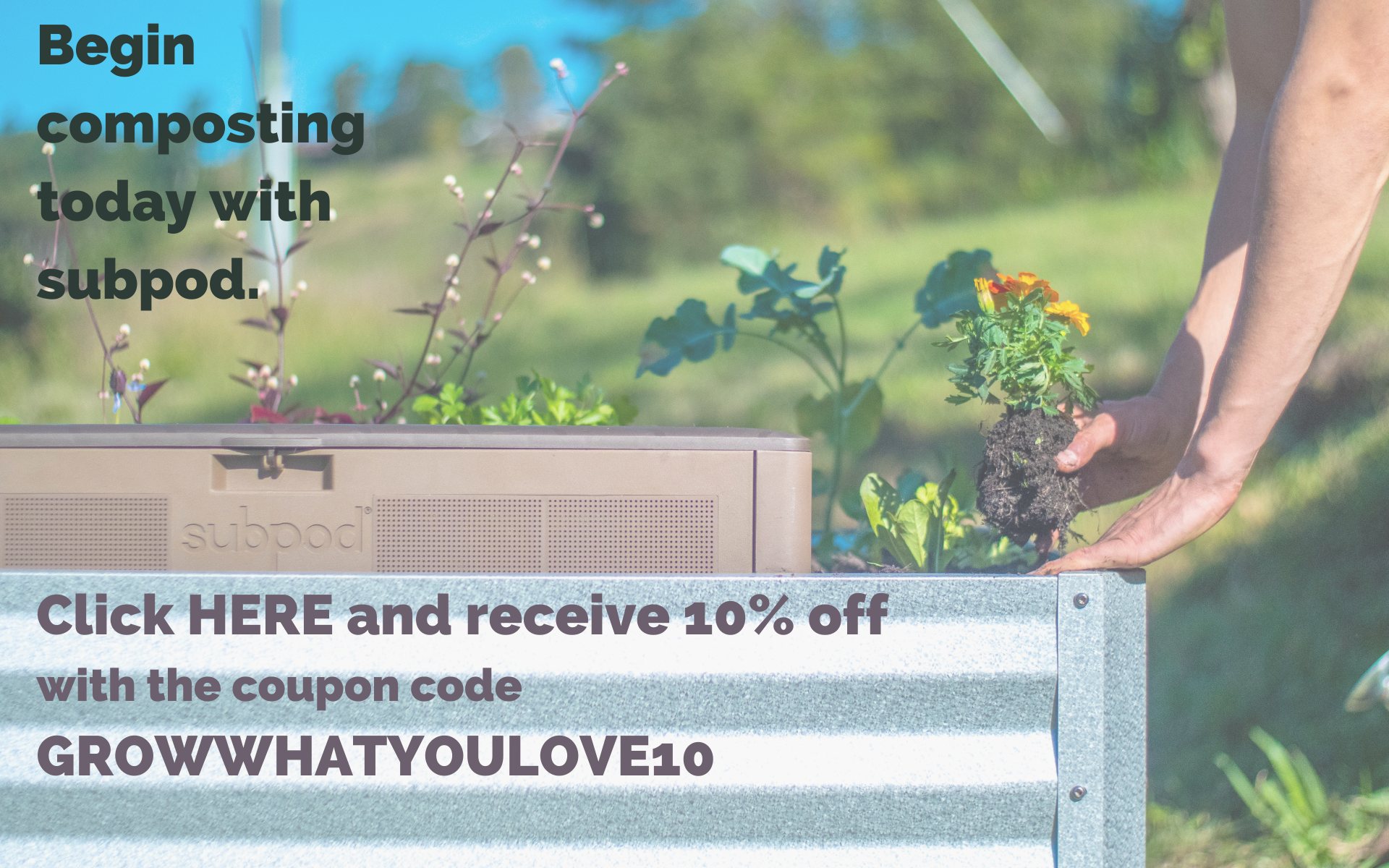


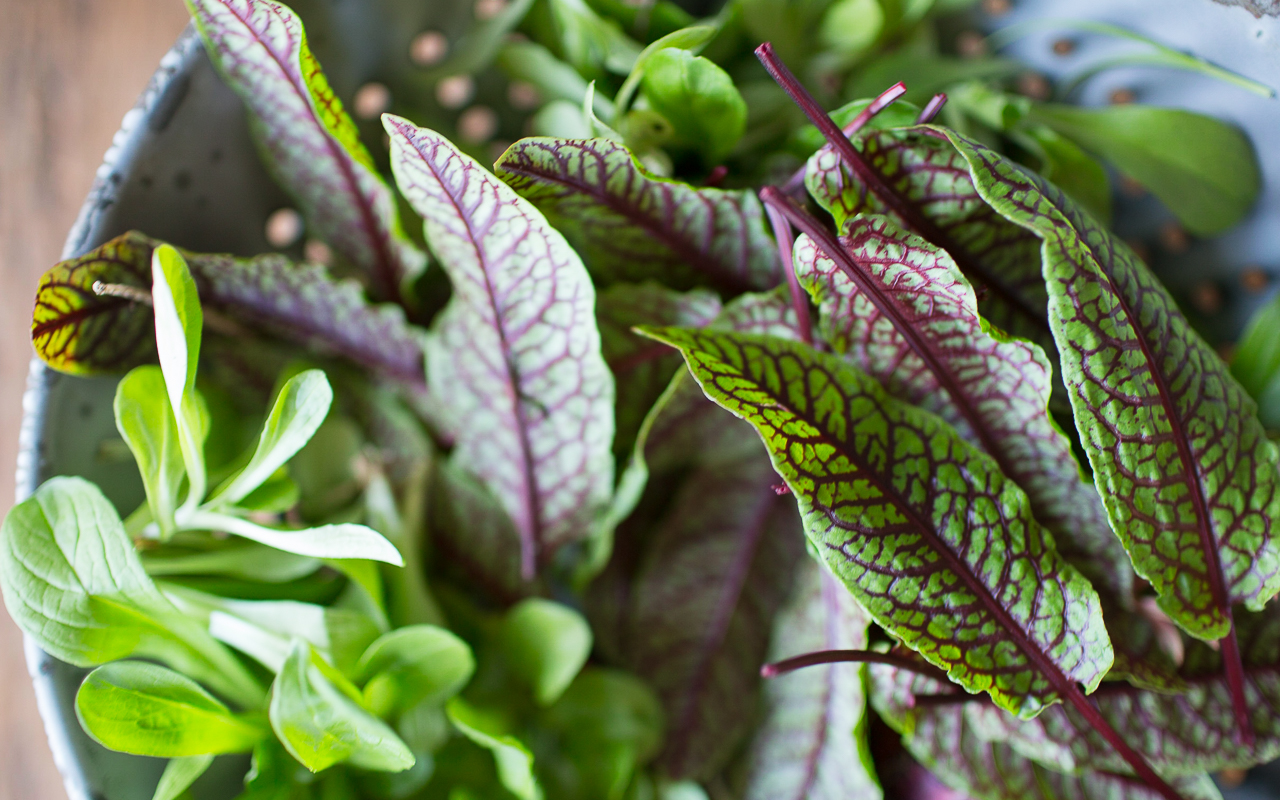
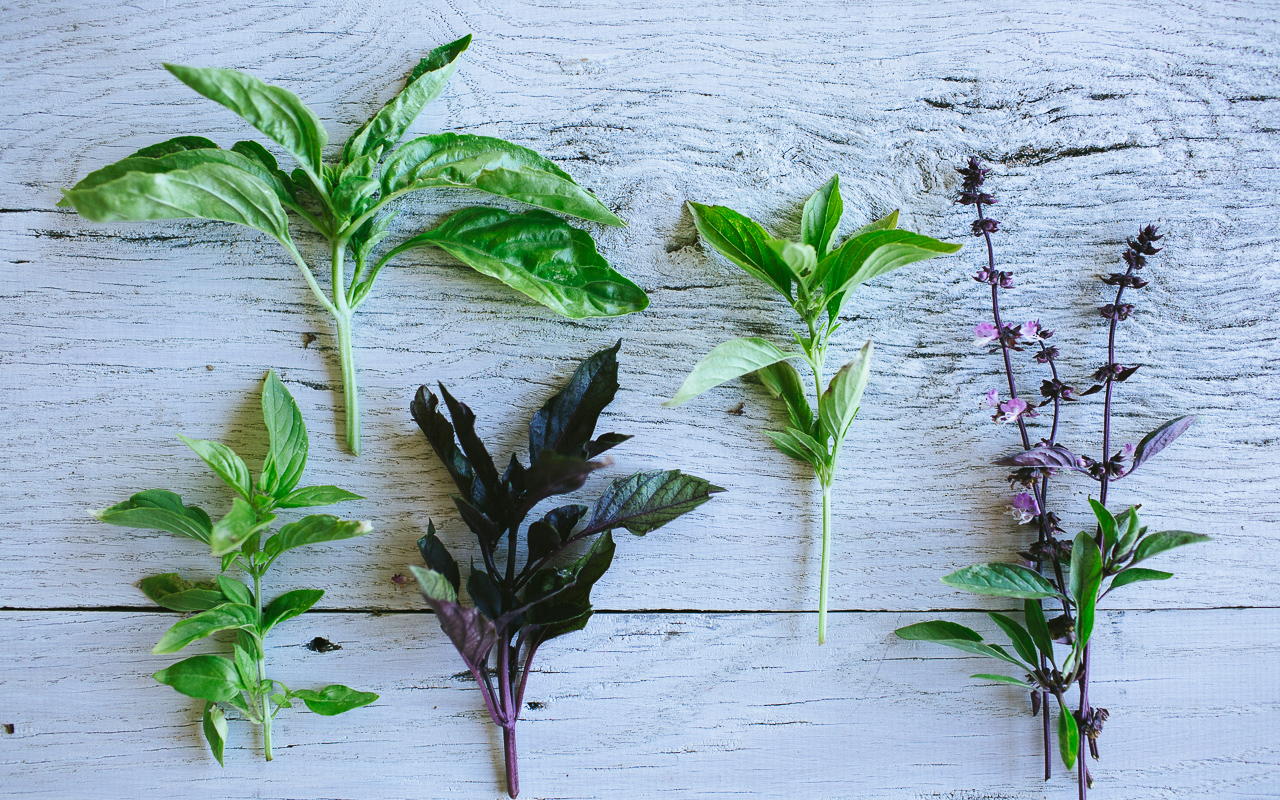
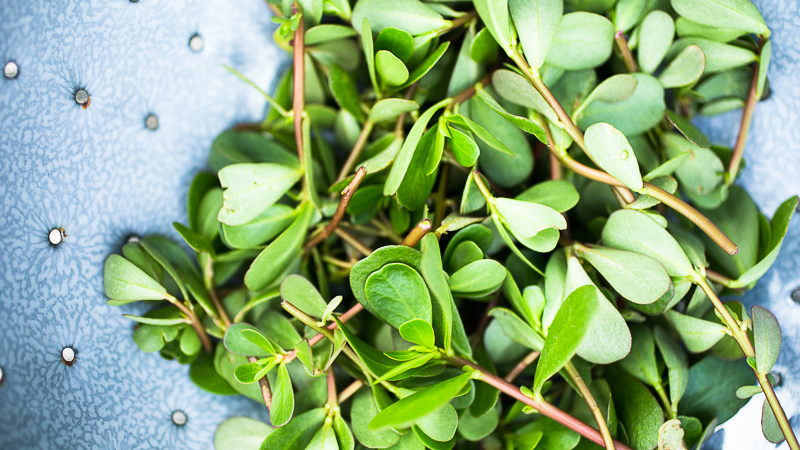
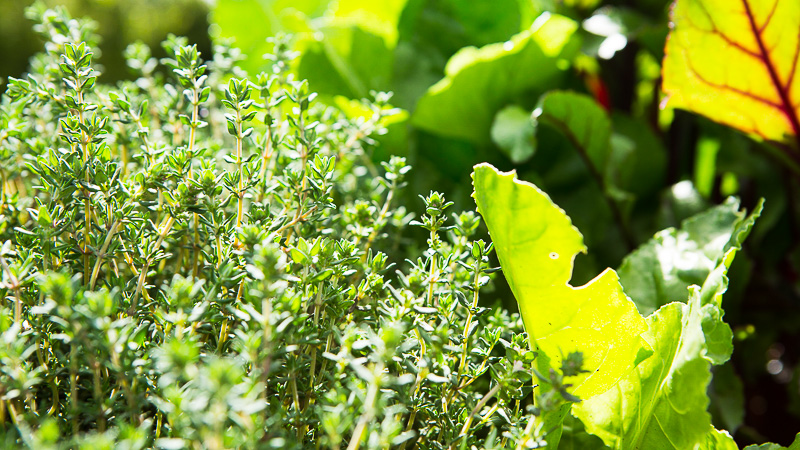
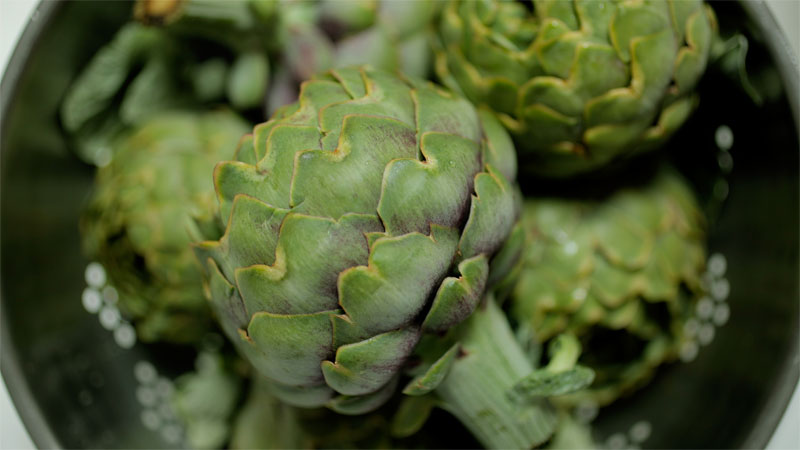

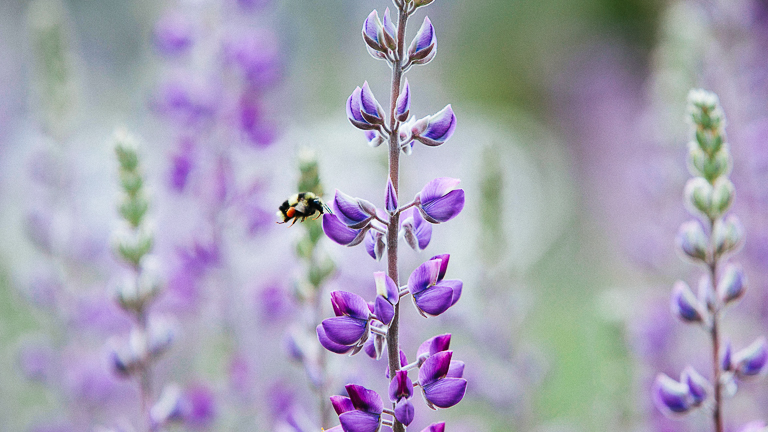
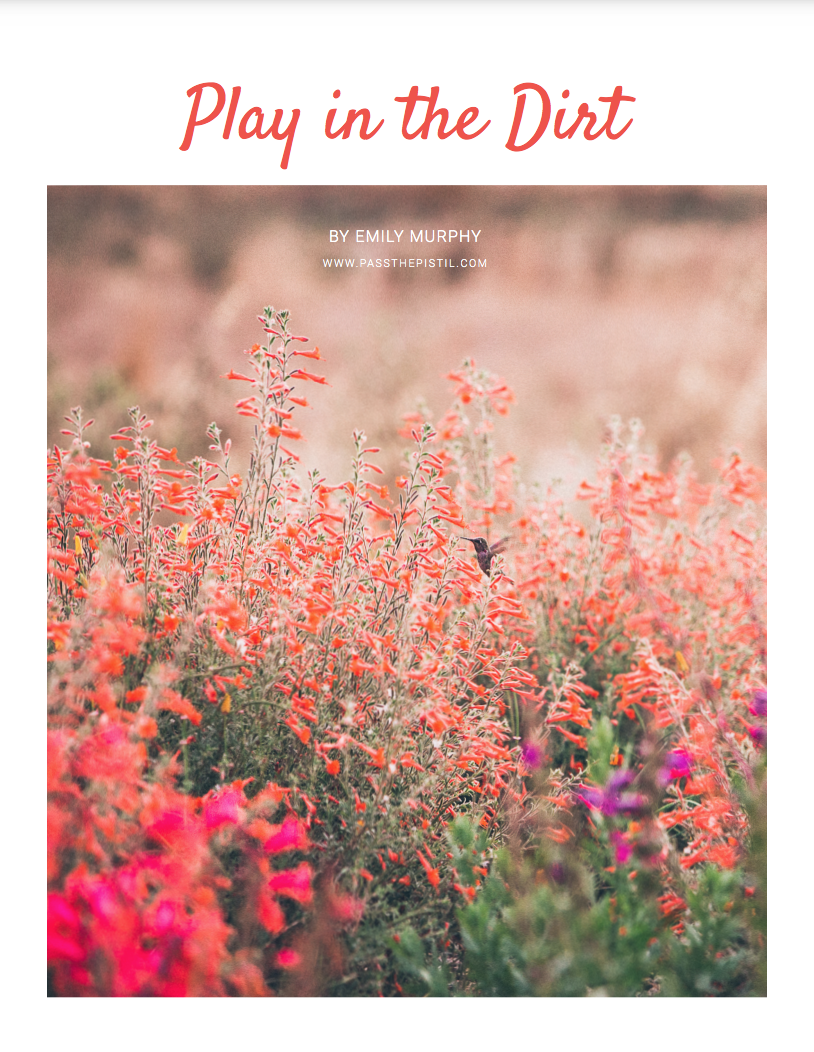

Totally getting into micro greens and sprouts. I recently learned how healthy it is to eat them. 2021 going to reach new super hero health levels!
Great to hear! Best of luck!
Hi. by any chance do you have a vid on harvesting your own mushrooms (indoors?)
thanks
lvg
Hi, Sorry, I don’t but will put it on my list to make. Thanks for the suggestion. :)
I love reading about how to grow vegetables in small spaces. I live with my daughter and son in law after my husband passed away a month ago. This has given my daughter and I something positive to do and helps make us feel useful! Thank you
I’m so sorry to hear about your husband, but am happy to know you’re finding joy in the simple act of growing. Best of luck this spring.